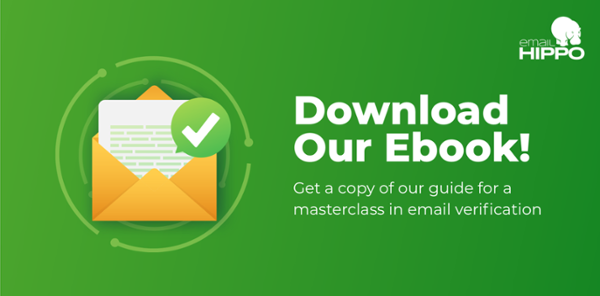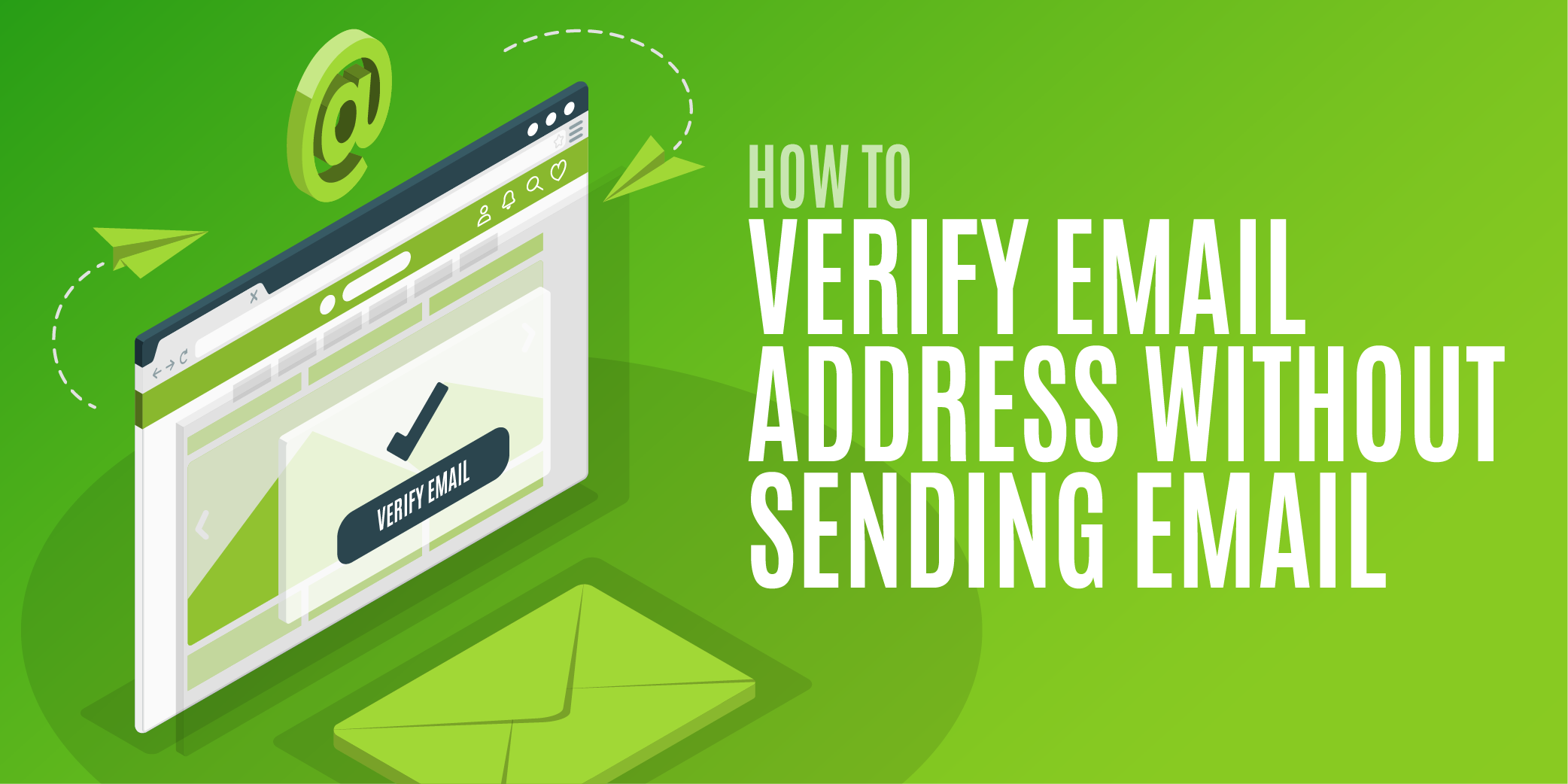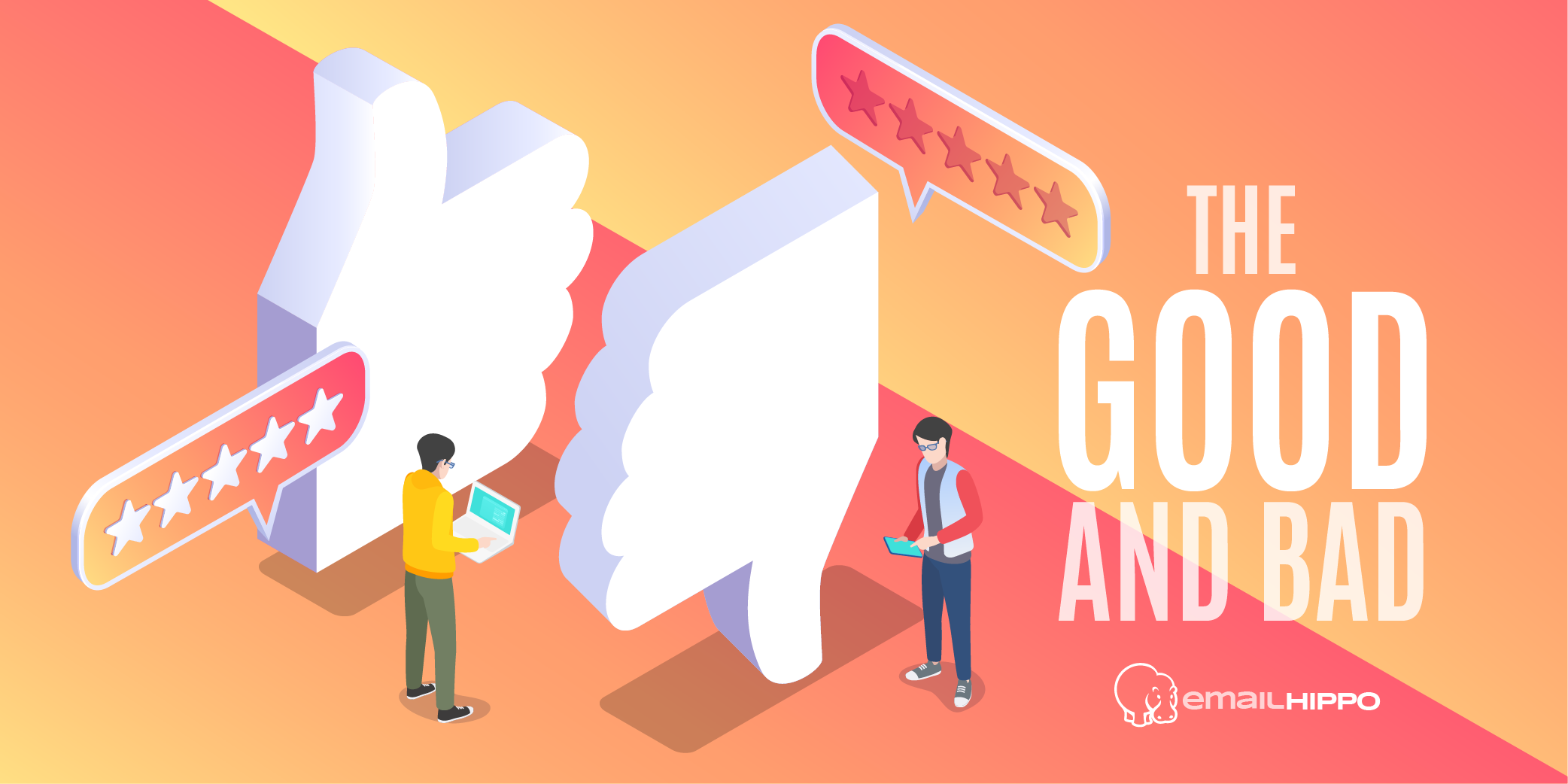Maintaining permission based email marketing, from the perspective of the marketer.
To us, permission based email lists and double-opt-in lists are the same thing. We’ll use the terms interchangeably and we don’t do shades of grey, even though hippos are grey which is ironic. If you are doing permission based email marketing properly then we think you must be using a double opt-in process to build your email address list.
Let us nail our colours to the mast. We are absolutely, 100% in agreement with opted-in email marketing. However, we understand the reasons why it can be hard to maintain a permission based email marketing list, so while we will bang the drum for double opt-in, we’ll also talk with empathy about how it can be hard for all marketers to always run double opt-in marketing campaigns.
So when is double-opt in a pain for a marketer?

First of all, double opting-in requires a process. This must be designed, created and managed. Control over a process requires rules and a shared understanding that data is the responsibility of a particular team and ultimately, person.

Managing data can be like keeping the lid on a bucket of snakes.
It’s not always easy to be in control. The perfect website process with email address capture breaks down if something happens like a new page added with a rogue subscriber form. If this happens it is often as a result of a “non-marketing“ function. For example, “Fill in your details here to download our annual report,” creates a source of email addresses that might not be opted-in. Rogue subscriber processes either taint a clean database, or result in multiple databases, with conflicting opt-in standards.
No matter what the size of the organisation, at some point it is inevitable that the suggestion will arise to merge databases, or tags and sources. As a marketer you will often be under pressure to increase numbers and generate results. Refusing to consolidate email addresses into a database can be hard to explain. So it becomes tempting to merge and de-duplicate databases, if only just for an easy life, turning a blind eye to the fact that recipients won’t all have opted in, or worse, that some may have opted out.
Legals lack bite
Legalities about email opt-in laws can be hard to explain to influential colleagues that see double opt-in as a process that restricts opportunities for customer contact. Without doubt there are situations when a double-opt in process is diluted as a compromise. Just go through the websites of some of the biggest brands in the world and before very long you will find one where you can sign up without double opting in, or where contact boxes are pre-ticked in favour of the brand and carefully selected brand partners... Is this part of careful plan to help ease transactional friction, or is it simply taking barriers away and hoping to get more sales?
Laws are territory based but the internet is global
As a marketer you will know the laws about opting-in and how they impact your business in whatever countries you deal with, but it can be hard to stay up to date. For example, do you know if it’s OK for a company in California to send an abandoned cart message to a customer in Germany who has bought from them previously but not opted-in? Different countries have different laws relating to email marketing, so marketers need to create practises that work for their strictest territory, or more complex procedures where sign up is different depending on location. These differences on points of law don’t do marketers any favours and can open the door for a one-size fits all process that is more about email gathering and less about opting in.
Impacts relating to mailing non-opt in addresses can be hard to quantify or might seem plain unreal. So to the uninitiated the risk of mailing isn’t big enough to outweigh the benefits. However, being blacklisted by an ISP is the ultimate sanction for a repeatedly high bounce rate, increasing unsubscribes and finding squealers. Would a CMO be taken seriously for explaining that business shut-down could be on the cards if non-opt ins are emailed?
Emails don’t cost anything so hurl it all at the wall
The perception that email marketing is a low cost channel can also put pressure on marketers to bump up email address lists with non-opt ins, or to have procedures designed to harvest as many email addresses as possible. This low cost association is a pain for the law abiding marketer. Emailing to a list of engaged, opted-in readers will result in an outcome that’s likely to be measured as a success. So mailing more people should result in more success, as a direct result of just doing the maths, right? Wrong. But pressure can be placed on a marketing team to get more success by just mailing more people, more often. This can break promises about frequency of mailing made at opt-in stage, or result in diluted content so that promises about reasons for contact are broken too. Result? Unsubscribes and unreads. This “hurl it at the wall” approach is wrong in other forms of marketing, yet in email marketing the perceived low costs of reach make it a risk worth taking. It’s a strong marketing department that can refuse to deviate from an e-marketing plan when faced with commercial pressures.
Learn about why email verification is essential for your business
External pressures cause the pain - it's not the opt-in process
The main negative aspects of permission based email marketing come from external pressures to break the rules. For marketers, the best way to reduce the negatives is to be confident about the law, design processes for data capture, create marketing plans that are built on solid marketing techniques, create email content that is relevant, timely and engaging and to resist pressure to view email as a low cost, low risk, easy channel to operate.
- Know the law
- Design clear, robust processes for capturing opt-in email addresses
- Segment email lists by behaviour, interest, demographic, geo-demographic
- Create lists that are valuable and relevant to marketing plans
- Resist pressure to deviate from what you know is right
As legal frameworks tighten it will get easier for marketers to stand by robust double opt-in policies. Until then - stand firm!
Here's further reading to help if you are a marketer experiencing double-opt in pain...
This is an article from Forbes, which gives you signs to look out for if you are a CMO that's being taken seriously.
This is a Mailchimp article that explains how to set up a double opt-in email process. You might want to look at Magento discussions too, especially if you're retailing online.








